Importance of Night Driving Safety
Driving at night can be more challenging and risky than driving during the day. It is important to prioritize safety and take necessary precautions to avoid accidents. By being aware of the risks and challenges of night driving, properly managing distractions, enhancing visibility, and staying alert, drivers can minimize the potential dangers and ensure a safe journey.
A. Risks and challenges of driving at night

Driving at night poses several risks and challenges due to decreased visibility and increased fatigue. The lack of natural light makes it harder to see potential hazards, such as pedestrians, animals, and debris on the road. Additionally, the glare from oncoming headlights can impair vision and cause temporary blindness. Fatigue and drowsiness are also more likely during nighttime driving, further increasing the risk of accidents.
B. The importance of being prepared for night driving

Being prepared for night driving is crucial to ensure safety on the road. It involves taking necessary precautions such as properly adjusting headlights, cleaning windshields, and minimizing distractions. By being proactive and prepared, drivers can enhance visibility, maintain alertness, and effectively deal with challenges that arise during nighttime driving.
Ensuring Proper Visibility
Proper visibility is crucial for night driving safety. Drivers must ensure that their headlights are properly adjusted and that they use high beams effectively when appropriate. Additionally, regularly cleaning windshields and mirrors can improve visibility by minimizing glare and obstructions. These measures play a significant role in enhancing visibility and reducing the risks associated with driving at night.
A. Properly adjusting headlights and using high beams effectively

Properly adjusting headlights and using high beams effectively is essential for optimal visibility while driving at night. Drivers should ensure that their headlights are properly aligned to prevent them from blinding oncoming traffic. When appropriate, using high beams can improve visibility, but it's important to dim them when approaching another vehicle to avoid causing glare and compromising the safety of other drivers.
B. Cleaning windshields and mirrors for better visibility

Cleaning windshields and mirrors is crucial for ensuring better visibility while driving at night. Dust, dirt, and smudges can obstruct the driver's view and make it difficult to see clearly. Regularly cleaning the windshield and mirrors with a suitable cleaning solution and a microfiber cloth helps remove dirt and improve visibility. It's also important to check and clean the headlights and taillights to optimize visibility for both the driver and other motorists.
Minimizing Distractions
Minimizing distractions is crucial for safe night driving. It's important to avoid phone usage and other distractions that divert attention from the road. Keeping the focus on driving helps to stay alert and react quickly to any unforeseen situations. Additionally, managing internal distractions in the vehicle, such as loud music or rowdy passengers, can also enhance driver concentration.
A. Avoiding phone usage and other distractions while driving at night
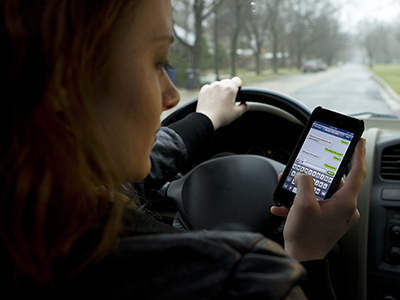
Distractions like phone usage can be extremely dangerous while driving at night. Drivers should refrain from using their phones or engaging in other distracting activities that take their attention away from the road. By keeping their focus solely on driving, they can stay alert, react quickly to any surprises, and ensure a safe journey.
B. Managing internal distractions in the vehicle

When driving at night, it's important to manage internal distractions inside the vehicle. This includes minimizing loud music, adjusting the temperature and ventilation settings before starting the journey, and ensuring that passengers are well-behaved and not causing any disruptions. Creating a calm and distraction-free environment can help maintain focus on the road and increase overall safety.
Enhancing Awareness and Alertness
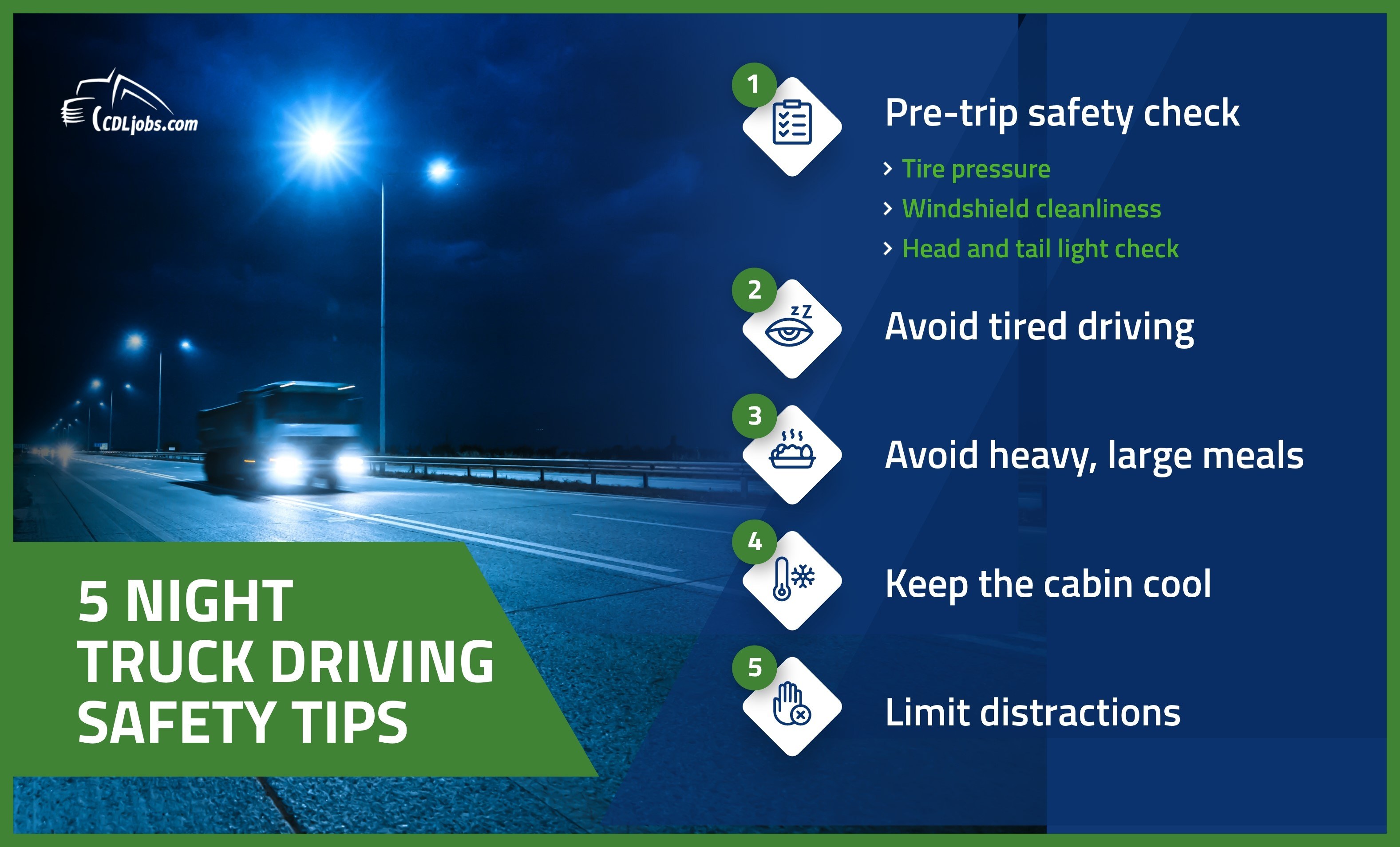
To enhance awareness and alertness while driving at night, it is crucial for drivers to stay focused on the road and avoid distractions. They should regularly check their mirrors, scan the surroundings for any potential hazards, and be mindful of fatigue. Utilizing techniques such as staying engaged by playing music or rolling down the window can also help combat drowsiness. By remaining attentive and alert, drivers can better react to any unexpected situations and ensure a safer journey.
A. Staying alert and focused while driving at night
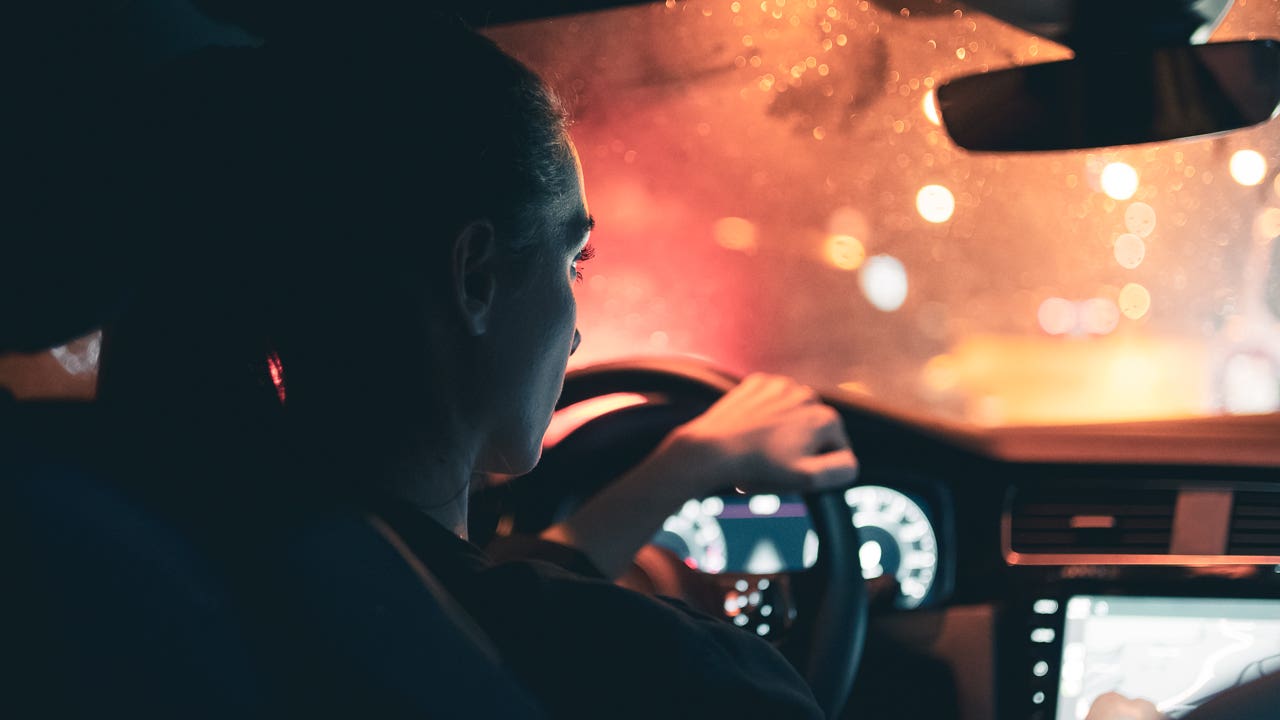
To stay alert and focused while driving at night, drivers should avoid distractions such as using their phone or engaging in other activities. They should also be aware of signs of fatigue and take breaks when needed. In addition, staying engaged by listening to music or rolling down the window can help combat drowsiness. By remaining vigilant and attentive, drivers can react quickly to any potential hazards on the road.
B. Utilizing techniques to improve night vision

To improve night vision while driving, it is important to take certain measures. Drivers can use their peripheral vision more effectively by scanning their surroundings frequently. The use of anti-glare glasses or lenses can also help reduce the impact of bright lights. Furthermore, ensuring the windshield is clean and free from smudges or streaks can enhance visibility at night.
Dealing with Glare and Bright Lights
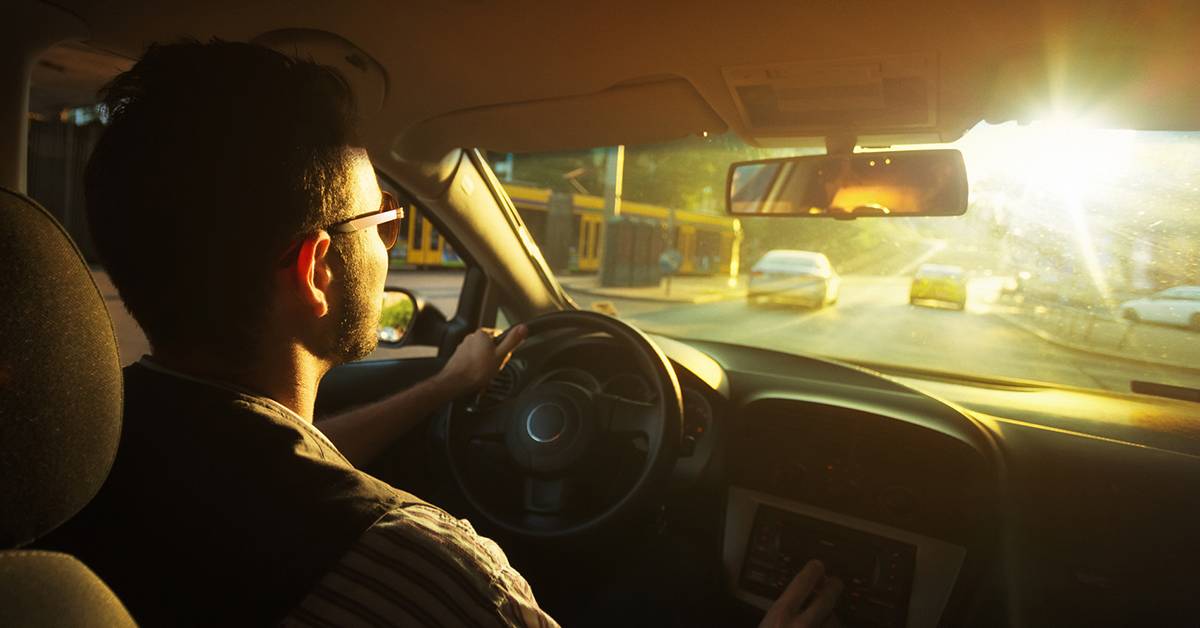
When driving at night, it is crucial to know how to deal with glare and bright lights. To reduce the impact of oncoming headlights, drivers should avoid looking directly at them and instead focus on the right side of the road. Additionally, using anti-glare glasses or visors can help minimize the glare. It is important to stay vigilant and adjust your speed accordingly when encountering sudden flashes or bright lights to maintain safe driving conditions.
A. Reducing glare from oncoming headlights
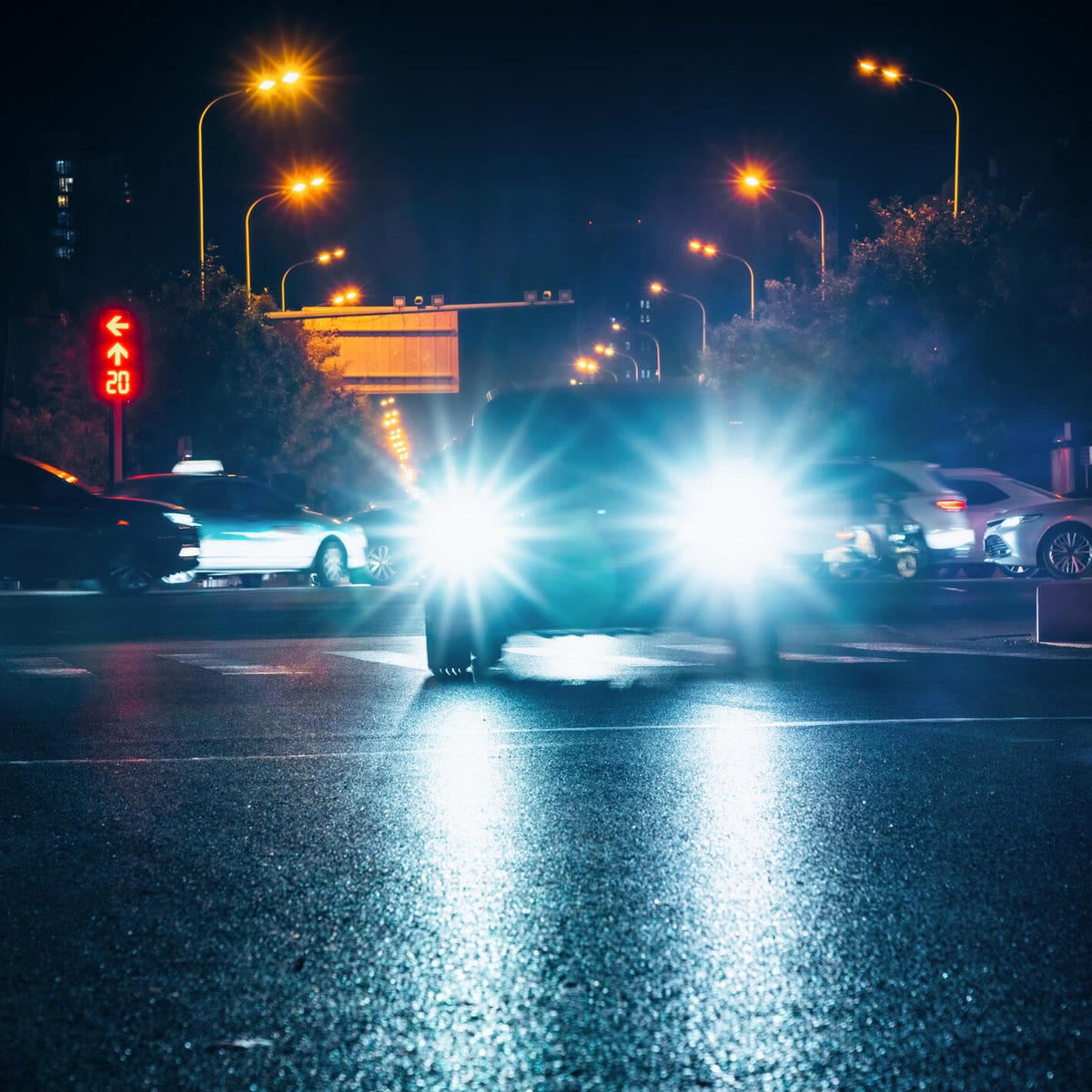
To reduce glare from oncoming headlights, drivers should avoid looking directly at them and instead focus on the right side of the road. Additionally, using anti-glare glasses or visors can help minimize the impact of bright lights. Staying attentive and adjusting speed accordingly can further reduce the risk of accidents caused by glare from oncoming headlights.
B. Tips for handling bright lights and sudden flashes

To handle bright lights and sudden flashes while driving at night, it is important to stay calm and avoid looking directly into the light. Drivers can also dim their dashboard lights to reduce glare and maintain visibility. Additionally, looking slightly to the right of the bright light can help minimize its impact.
Additional Safety Precautions

Maintaining a safe distance and adjusting speed accordingly is crucial when driving at night. It is important to be mindful of potential hazards on the road, such as pedestrians or animals. Using caution and obeying traffic laws can help prevent accidents and ensure a safe journey. Remember to always drive responsibly and stay alert at all times.
A. Maintaining a safe distance and adjusting speed accordingly

One of the key safety precautions for night driving is maintaining a safe distance from the vehicle ahead and adjusting speed accordingly. This allows for ample reaction time in case of sudden events on the road and helps prevent rear-end collisions. It is important to be aware of the speed limits and adjust accordingly to ensure a safe driving experience.
B. Being mindful of potential hazards on the road
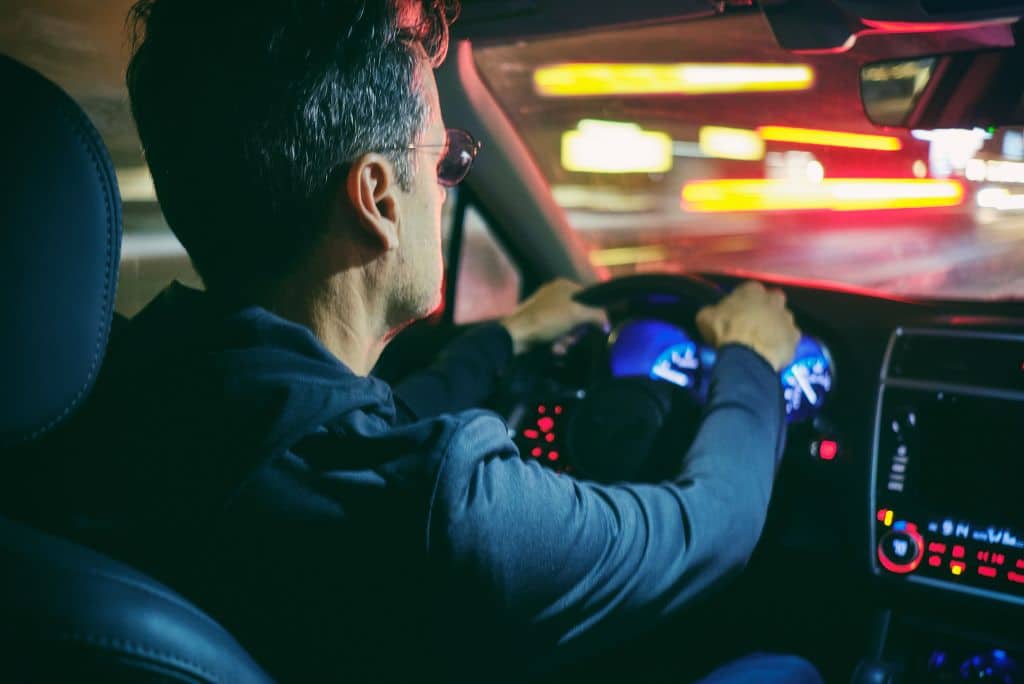
Being mindful of potential hazards on the road is crucial when driving at night. Drivers should watch out for pedestrians, cyclists, and animals, as they may be more difficult to see. They should also be cautious of road construction, poorly lit areas, and areas with a high number of accidents. Being aware of these potential hazards can help prevent accidents and ensure a safe journey.
Conclusion
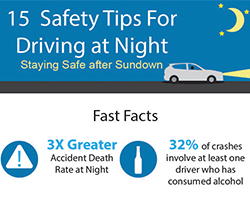
In conclusion, driving at night poses unique risks and challenges that require extra attention and caution. By ensuring proper visibility, minimizing distractions, enhancing awareness, dealing with glare, and following additional safety precautions, drivers can significantly reduce the likelihood of accidents and ensure a safe journey. It is essential for drivers to prioritize safety and practice responsible driving habits to protect themselves and others on the road.
A. Recap of night driving safety tips

To recap, here are some important night driving safety tips:
- Ensure proper visibility by adjusting headlights, cleaning windshields, and using high beams effectively.
- Minimize distractions by avoiding phone usage and managing internal distractions.
- Enhance awareness and alertness through staying focused and using techniques to improve night vision.
- Deal with glare and bright lights by reducing glare from oncoming headlights and handling sudden flashes.
- Practice additional safety precautions such as maintaining a safe distance, adjusting speed accordingly, and being mindful of potential hazards on the road.
By following these tips, drivers can mitigate risks and ensure a safe driving experience at night.
B. Encouraging responsible and cautious driving at night
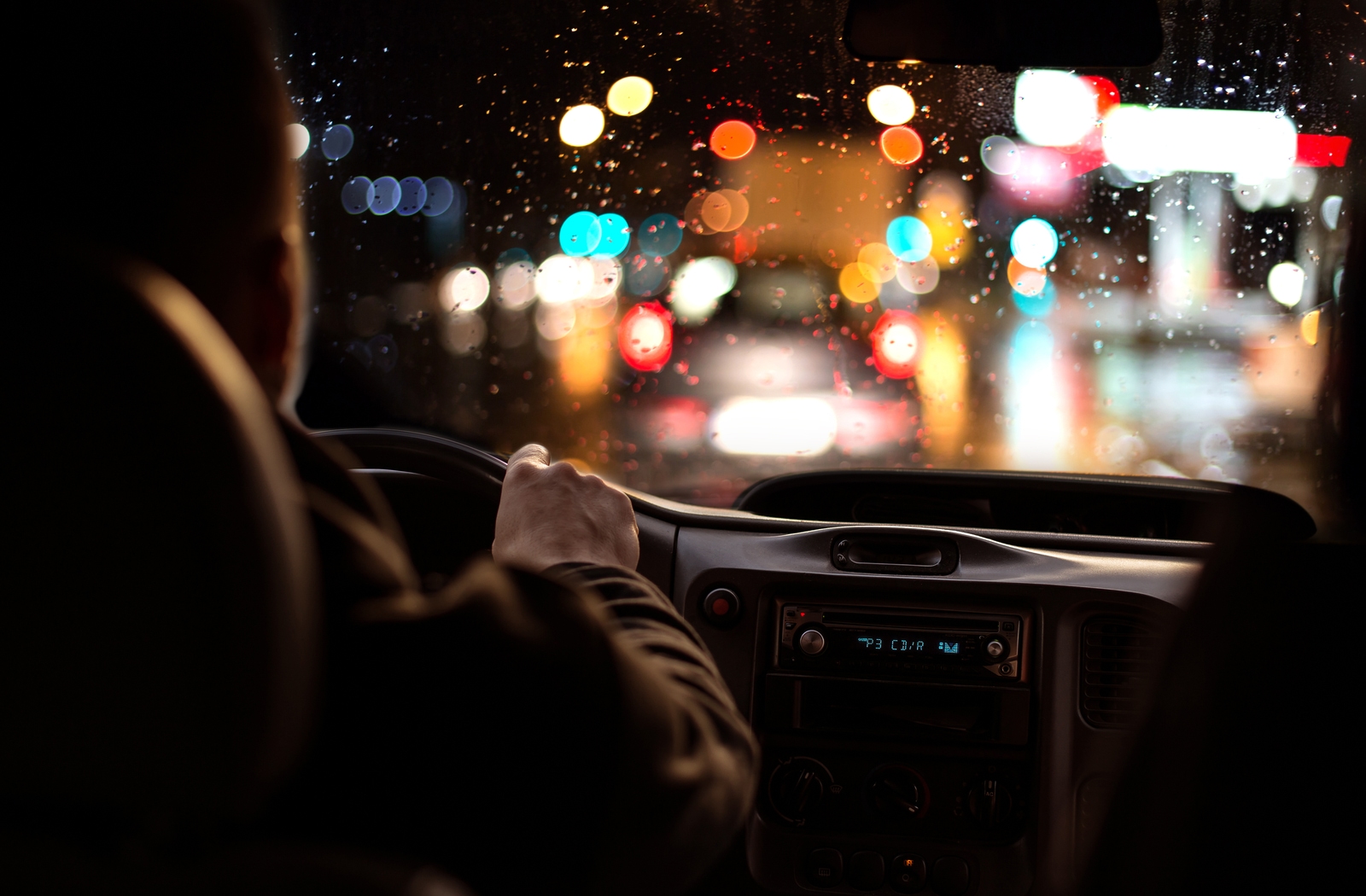
Encouraging responsible and cautious driving at night is crucial for ensuring the safety of both drivers and pedestrians. By raising awareness about the risks and challenges of night driving, emphasizing the importance of following safety guidelines, and implementing stricter enforcement of traffic laws, we can create a culture of responsible night driving and reduce the number of accidents on the road. Remember, safe driving is everyone's responsibility.